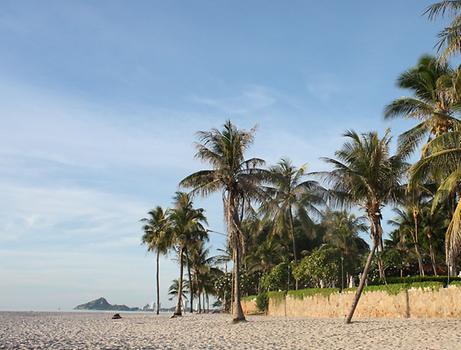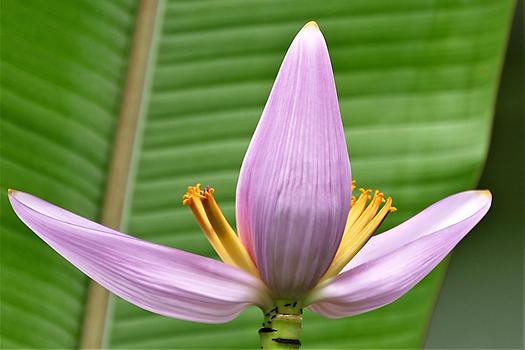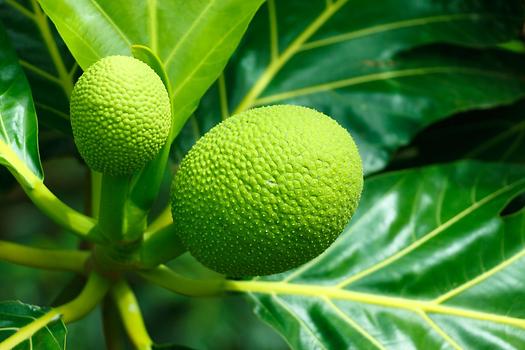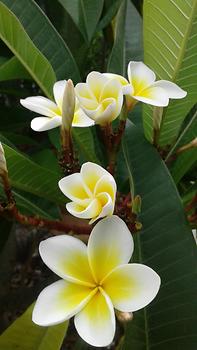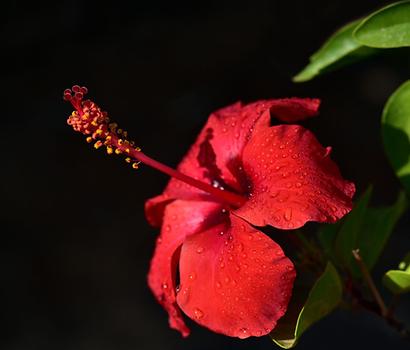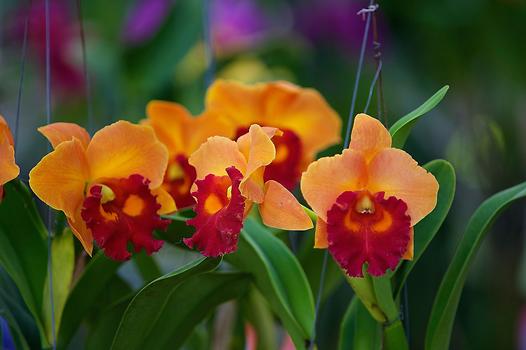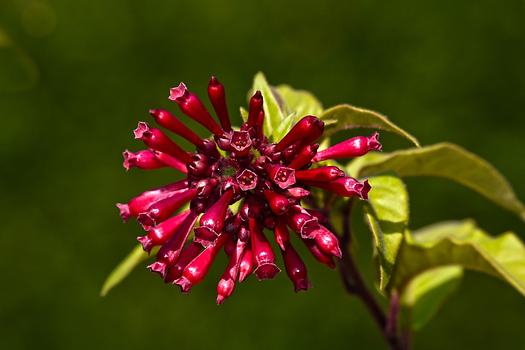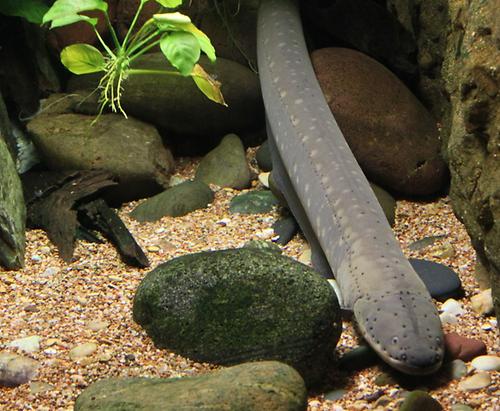Huahine #
Huahine is an island some 15 km East of Raiatea as shown on the map there. Its population is a bit over 6.000, distributed on two parts, Huahini Nui (the northern part with the airport) and Huahini Iti. At high tide the connection between the two islands is flooded, leaving the impression of two islands.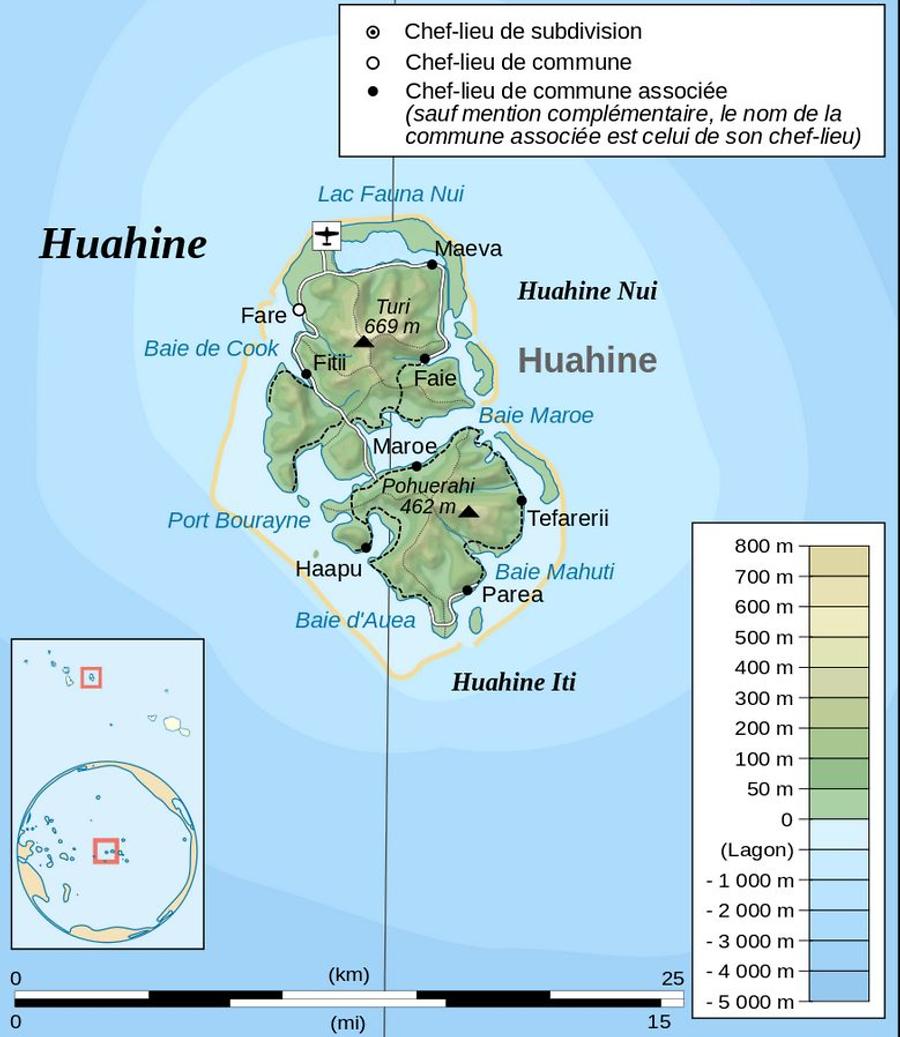
The island has impressive tropical jungle areas, inlcuding coconut plantations, vanilla orchids, banana groves, breadfruit trees, watermelon fields, and beautiful bays and beaches. It is much less touristic then Raiatea, let alone Bora-Bora, Tahiti or Morea. Huahine is also a culturally preserved sanctuary with sacred temples hidden through dense vegetation. Altogether, Huahine has retained more of the alluring essence and authenticity of early Polynesia. This is also evident by the fact that there are a number of smaller places to stay, but in 2018 only three resorts, with Maitai Lapita Village resort probably the best after Hana Iti was basically destroyed by a cyclone (see below).
Here are now a few impessions of some bays of Huahine and the lush tropical vegation.
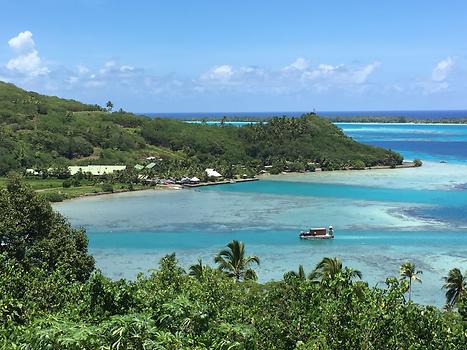
These eels are deemed sacred by the locals, by local mythology. While viewing these slithering creatures, tourists can buy a can of mackerel and feed the eels.
The till 1998 superb Hana Iti resort and its end deserve to be mentioned. The resort consisted of an top-notch restaurant and pool near an excellent beach. Guests lived in 30 small bungalows on the slope of a wooded hill. The interior of each bungalow was a piece of (local) art, like the wash basin a genuine shell from the sea, handwoven curtains, beatuiful carved artifacts, etc.
The bungalows were arranged in a way that neither the buildings nor the part below them that had a whirl pool could be seen from any other bungalows. So one could sit in the pool, sip a a tasty drink and look down on the blue sea and the bays. The bungalows and the restaurant/ beach were connected by paved narrow trails, suitable for small electric carts.
Then cyclone Alan in April 1998 with wind gusting up to 150 km/h and huge amounts of rain caused landslides, toppled trees and tore the bungalows and main buildings apart. All electricty and communication facilities failed.
On Huahine alone 430 houses were completeyl wrecked. The cyclone was the worst natural disaster ever hitting Huahine (and to a lesser degree Raiaetea and Bora-Bora.) The very serious destruction of the resort Hana Iti did not make it feasable to rebuild it.
As curiosity let it be mentioned that H. Maurer wrote an English Science Fiction book ("The Telekinetic") were a novelized version of the cyclone is described on pages 235-237 and can be read starting here. We finish by showing a few pictures from Hana Iti as it was.
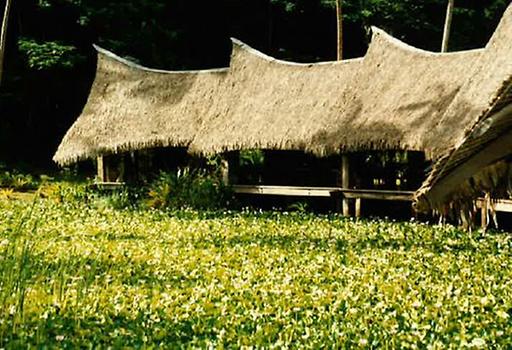
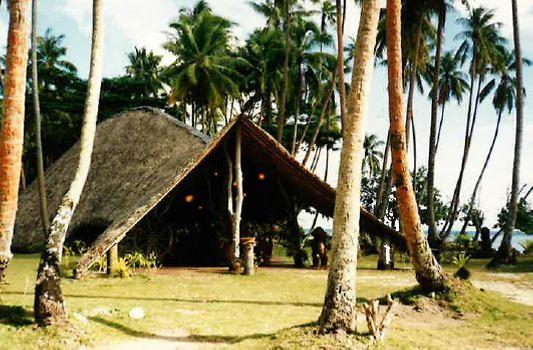
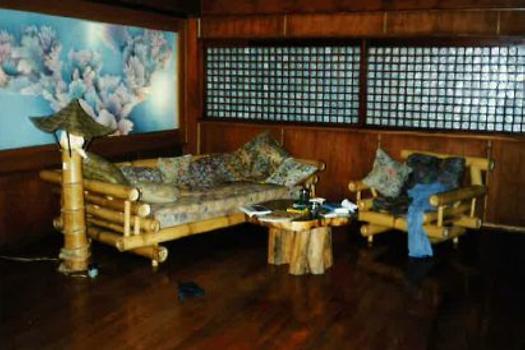
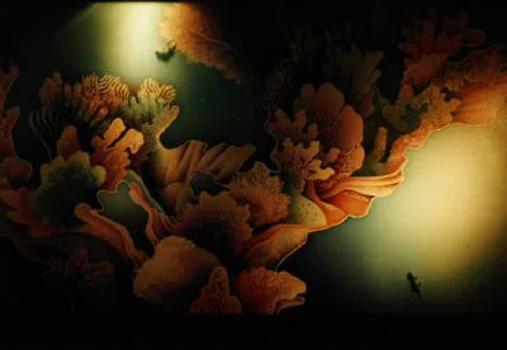

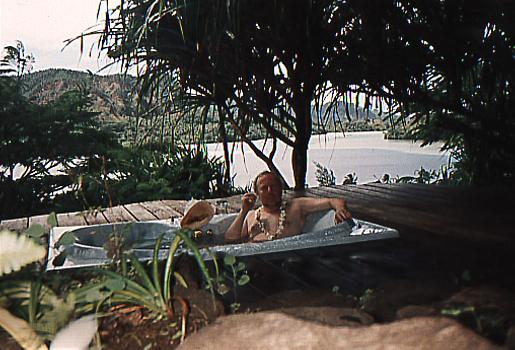
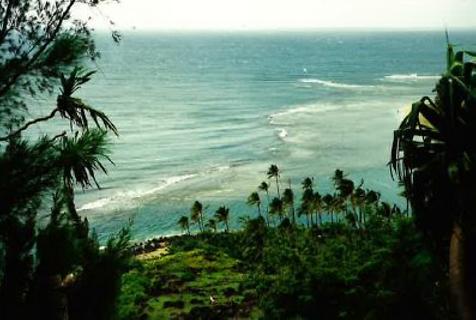
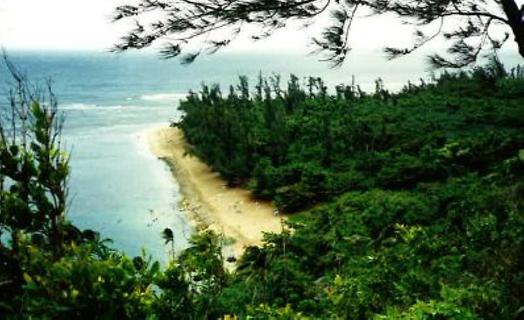
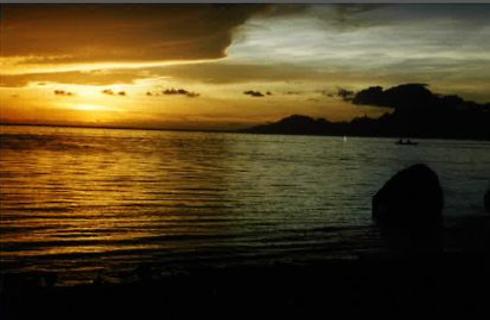
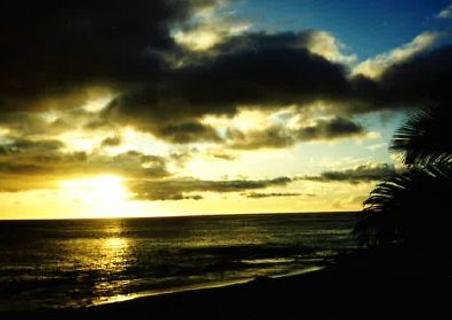
- Have a look at seven interactive 360° panormas of Huahine!
